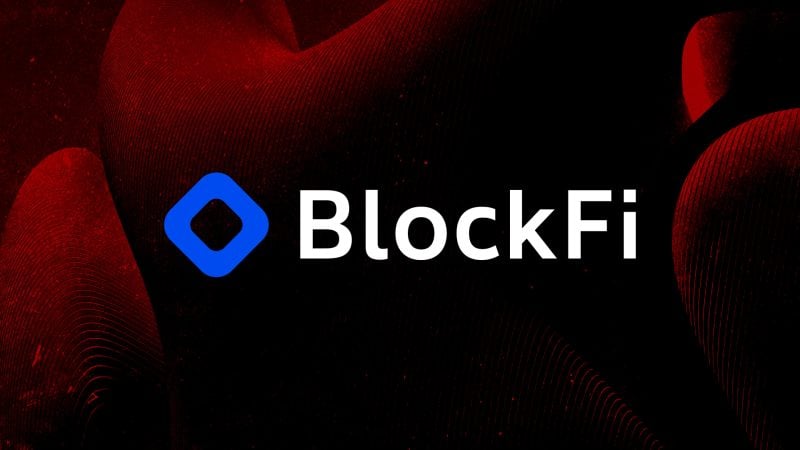Ethereum’s Plectra Update Poised to Drive ETH Surge Amid Network Enhancements
- Ethereum developers are diligently working on the Plectra upgrade to enhance the network.
- Adjustments in staking rewards are under consideration to address centralization risks and enhance network resilience.
- The rising interest in Ethereum (ETH) has positively impacted its recent market performance.
This in-depth article delves into the upcoming Plectra upgrade for Ethereum, exploring its potential impact on the network and staking rewards.
Significance of the Plectra Upgrade
The Plectra upgrade represents a significant milestone for Ethereum, aimed at bolstering both its scalability and security. In the recent All Core Developers Consensus (ACDC) meeting, substantial progress was announced for two testnets, Pectra Devnet 1 and PeerDAS Devnet 1. Pectra Devnet 1 is on the verge of its launch, with both Consensus Layer (CL) and Execution Layer (EL) clients fully prepared. Rigorous testing by the Ethereum Foundation DevOps team has been instrumental in ensuring the compatibility and stability of these client combinations.
Developments and Testing
PeerDAS Devnet 1 is undergoing final bug fixes before its scheduled relaunch. The team anticipates restarting this devnet by the end of the week, indicating rapid progression. Additionally, the call involved discussions on research related to fork choice testing by the TxRX team at Consensys. Their newly developed test generator is designed to identify potential bugs and deviations from CL specifications, thereby fortifying the test processes leading to the successful launch of Pectra Devnet 1.
Revised Staking Rewards Strategy
Ethereum is exploring changes to its staking rewards structure, potentially reducing the staking rate to around 12.5% or 25%. This strategic adjustment aims to maintain a balanced staking environment, preventing centralization where a large amount of ETH might be staked in a few major pools. A lower staking rate could mitigate risks by reducing the chances of network centralization and enhancing overall security.
Impact on Stakers
For ETH holders, this adjustment could significantly affect returns from staking. The Ethereum Foundation aims to address concerns such as the potential centralization that could threaten the network’s foundational principles of security and decentralization. Additionally, by reducing the staking rate, the likelihood of a mass slashing event leading to a chain split — a situation where stakeholders may advocate for the protocol to restore lost funds — could be minimized.
Current Ethereum Market Dynamics
At the moment, Ethereum (ETH) is trading at $3,455.17, marking a 1.16% increase over the past 24 hours. Despite this upward trend, network growth for Ethereum has experienced a decline, suggesting a decrease in the creation of new addresses. Furthermore, the trading velocity of ETH has dropped, indicating a reduction in the frequency of transactions.
Future Prospects
If these trends continue, the likelihood of ETH experiencing further rallies could decrease. Market participants and analysts are closely watching these developments, as the outcomes of both the Plectra upgrade and proposed staking rewards changes will play a crucial role in Ethereum’s ongoing evolution.
Conclusion
The continuous efforts on the Plectra upgrade and the strategic changes in staking rewards are pivotal for Ethereum’s future. These initiatives not only address current technical challenges but also aim to enhance the overall resilience and decentralization of the network. As Ethereum evolves, maintaining its core values while adapting to new technological advancements will be essential for its sustained growth and stability.






